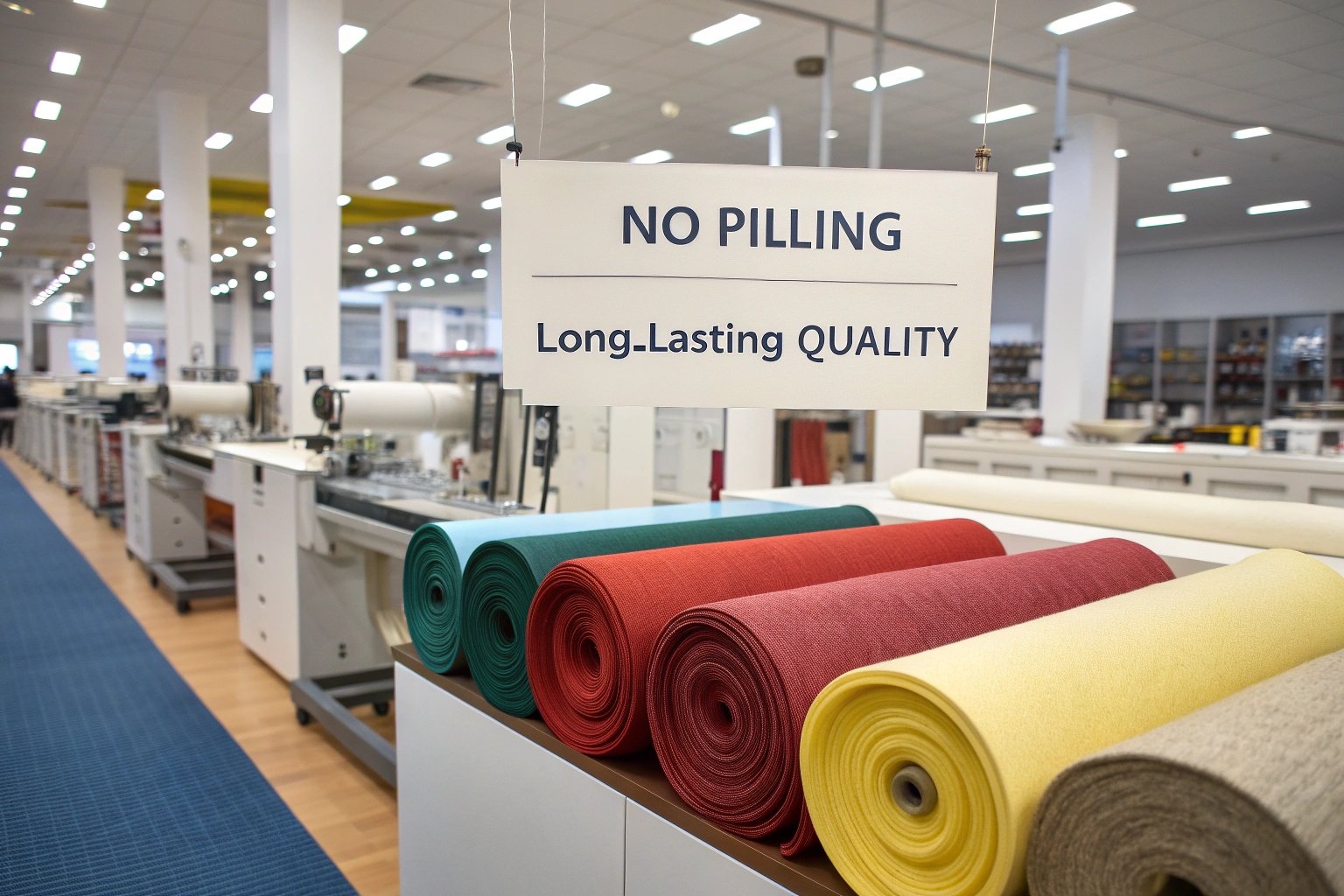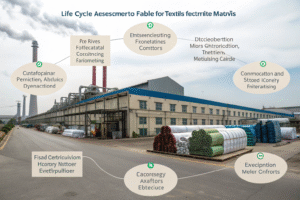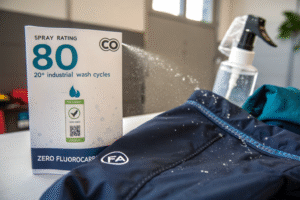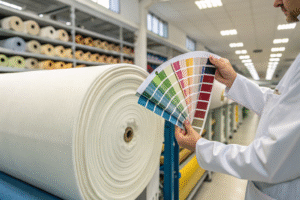Fleece is cozy, warm, and versatile—but not all fleece is built to last. In fast fashion, poor-quality fleece can pill after just a few washes, damaging your product’s look and hurting your brand's reputation. The solution? Anti-pill fleece, designed for durability, consistent texture, and long-term wear.
Anti-pill fleece resists surface fuzz and maintains its smooth handfeel, making it the top choice for premium sweatshirts, outerwear, loungewear, and sportswear.
At Fumao Fabric, we supply anti-pill fleece to global clothing brands that prioritize performance and long-term consumer satisfaction. This article will help you understand what anti-pill fleece is, how to test it, and—most importantly—where to source it.
What Is Anti-Pill Fleece and Why Is It Better?
Most fleece fabric is made from brushed polyester or poly-cotton blends. But when surface fibers are too loose or poorly constructed, they form small balls of fiber—pills—after wear or laundering.
Anti-pill fleece uses tighter fiber construction, special yarn twists, and chemical or mechanical finishing to prevent these pills from forming.
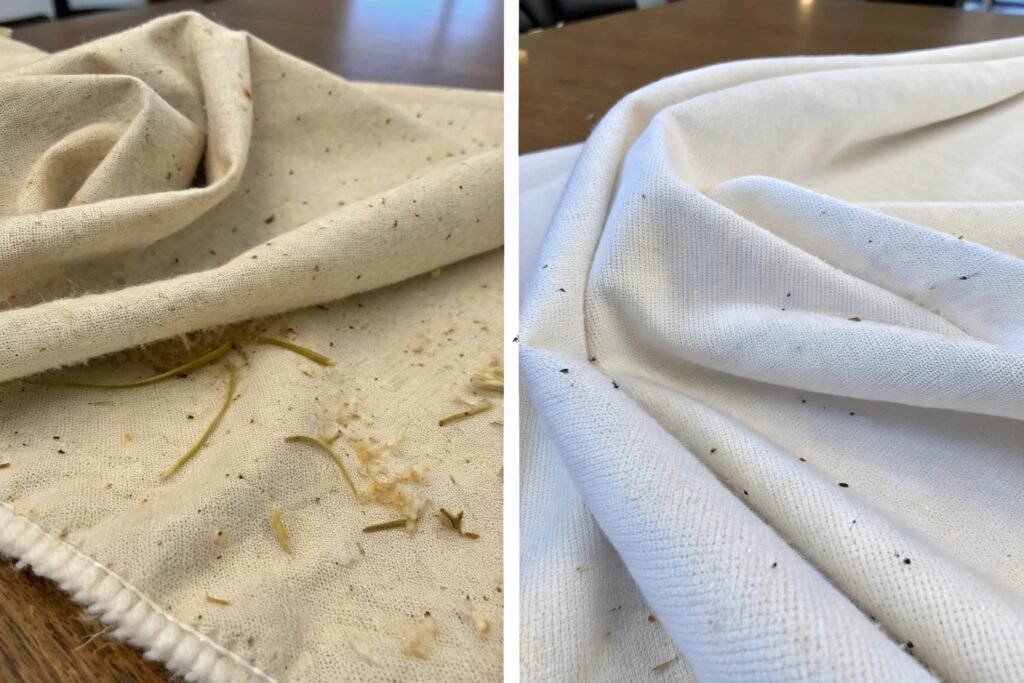
How Does Anti-Pill Technology Work?
Anti-pilling treatment can be:
- Mechanical: controlled brushing and shearing
- Chemical: softeners or resin coatings that bind fiber ends
- Yarn-based: tight denier microfiber or spun yarns reduce fuzz
According to American & Efird, tighter filament yarns in warp-knitting reduce the potential for pilling even before brushing.
Why Do Brands Prefer Anti-Pill for Loungewear?
It enhances longevity and resale value. Many global brands—like Patagonia and Uniqlo—specifically use anti-pill fleece in their hoodies and joggers because it reduces customer returns and fabric degradation over time.
What Tests Confirm Fleece Is Truly Anti-Pill?
Don’t just trust a supplier’s label—ask for certified pilling test results. These tests simulate wear and washing to reveal how the fabric performs over time.
The Martindale Abrasion and Pilling Test (ISO 12945) is the global standard used to evaluate pilling resistance in fleece and other brushed fabrics.
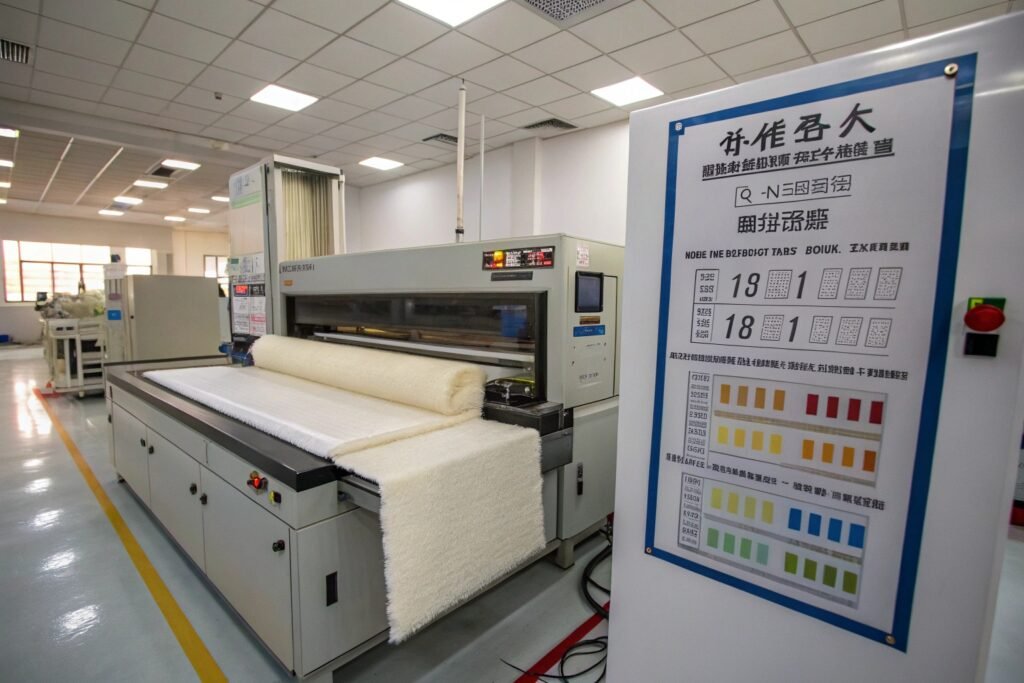
How Is the Martindale Test Conducted?
A sample is rubbed against a standard fabric (like worsted wool) using a pressure-weighted disk in a circular motion. The pilling is graded from:
- Grade 5: No pilling
- Grade 1: Severe pilling
Labs like SGS and Intertek perform this test, and you should request a report with at least Grade 4 or higher after 5,000 cycles.
What Other Tests Validate Fleece Quality?
- ASTM D3512: Random tumble pilling
- AATCC 135: Wash and shrinkage test
- ISO 105-C06: Color fastness to laundering
At Fumao, our CNAS-certified lab provides a detailed fleece performance report before bulk production—ensuring consistent durability standards for global clients.
Where to Source Anti-Pill Fleece at Scale or Low MOQ?
Finding the right source means balancing quality, MOQ flexibility, certifications, and production speed. Whether you’re a startup or a large-scale label, your supplier should match your technical and commercial needs.
We recommend sourcing from specialized fleece mills in China’s Keqiao district or partnering with exporters who offer real-time stock visibility and compliance transparency.
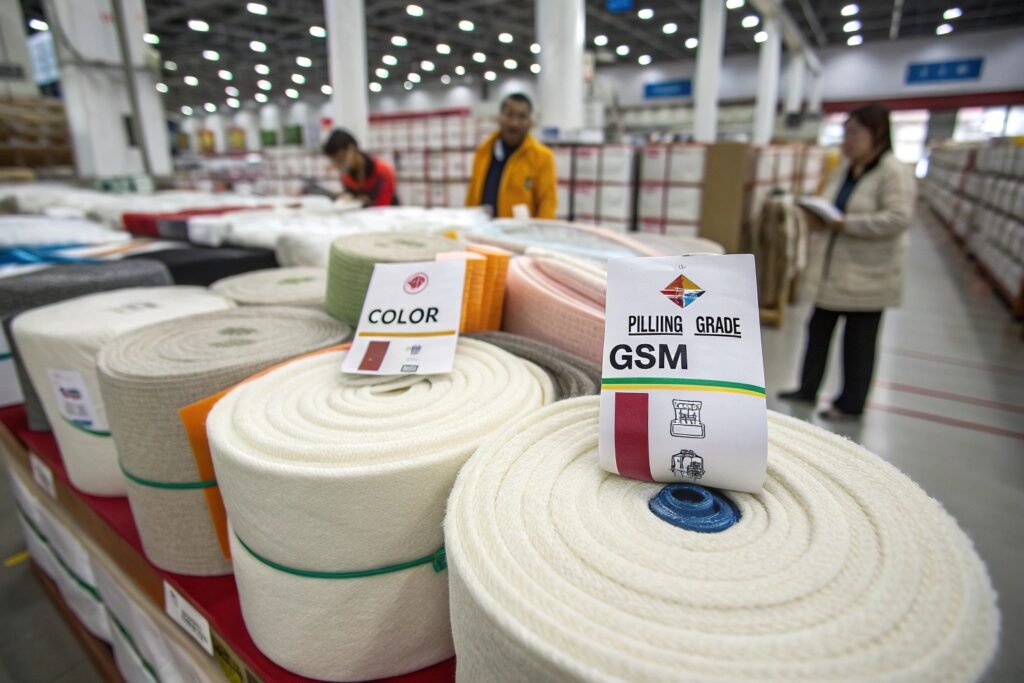
Why Is Keqiao a Global Hub for Fleece?
Keqiao, in Zhejiang, is home to 80+ fleece manufacturers with:
- Vertical operations (knitting, dyeing, brushing)
- In-house lab testing
- Export-grade anti-pill finishes
At Fumao, we maintain relationships with two brushing & anti-pill finish plants, offering fabric in 200–350 GSM ranges with 7-day sample turnaround.
See Made-in-China for benchmark pricing and MOQ trends.
What MOQ and Lead Time Should You Expect?
| Order Type | MOQ | Lead Time |
|---|---|---|
| In-stock solid | 200m | 5–7 days |
| Custom color | 500m | 10–15 days |
| Custom yarn | 800m+ | 20–25 days |
For overseas warehousing, we offer DDP logistics and multi-warehouse fulfillment for buyers in the U.S. and Europe. Check Alibaba for market-wide options, but confirm certifications before committing.
How to Ensure Consistency Across Dye Lots and Batches?
One common problem with fleece—even anti-pill—is shade variance across dye lots. Fabric may test well in the lab but still look inconsistent across different orders.
Consistent anti-pill performance requires standardizing yarn source, brushing speed, dye formulation, and quality inspection protocols.
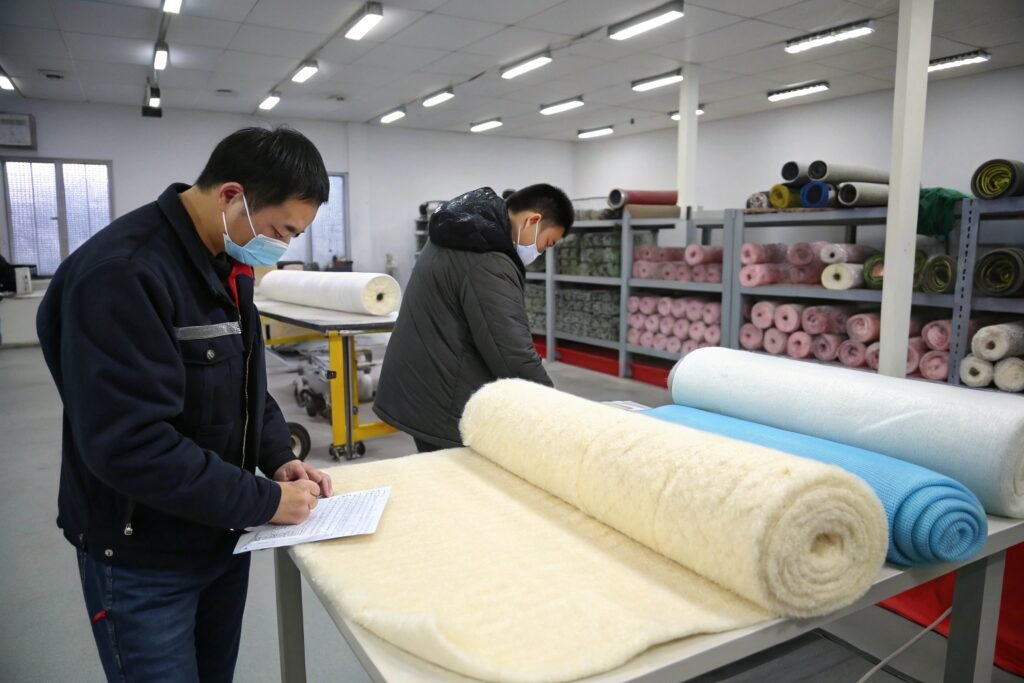
How Do We Standardize Shade and Pilling?
At Fumao, we use:
- Digital spectrophotometers for color tolerance (ΔE < 1.0)
- Brushing machine calibration logs
- Inline inspection with QR-coded data per roll
This allows buyers to reorder without fearing batch mismatch—critical for brands using seasonal or color-blocked collections.
Learn more about shade control from Datacolor and digital QC in textile dyeing.
Should You Re-Test Before Shipment?
Yes. Ask your supplier for a final production swatch test report before shipment. We provide SGS or in-house final pilling, shrinkage, and GSM test summaries to ensure compliance.
You can also request third-party pre-shipment inspection via QIMA, especially for FOB orders to avoid post-arrival issues.
Conclusion
Anti-pill fleece isn’t just a premium choice—it’s a necessity for lasting performance in apparel. Whether you’re creating athleisure, kidswear, or cozy outerwear, sourcing the right fleece means looking beyond surface softness and into verified durability. At Fumao Fabric, we specialize in export-grade anti-pill fleece backed by lab reports, MOQ flexibility, and global shipping. Ready to upgrade your fleece game? Let’s get started today.

